Also known as: Model 1178
rasH2™ mouse
The rasH2™ mouse is a genetically modified model carrying a human HRAS transgene, making it highly susceptible to carcinogenesis. It enables faster, more reliable cancer risk assessment in preclinical research, reducing the time and cost of long-term studies. Regulatory agencies recognize rasH2™ mice as a key tool for evaluating the carcinogenic potential of new drugs.
| Model No. | Nomenclature | Genotype |
|---|---|---|
| 1178-F | CByB6F1-Tg(HRAS)2Jic | tg/wt |
| 1178-M | CByB6F1-Tg(HRAS)2Jic | tg/wt |
| 1178-F | CByB6F1-Tg(HRAS)2Jic | wt/wt |
| 1178-M | CByB6F1-Tg(HRAS)2Jic | wt/wt |
- Description
- Price & Licensing
- Health Report
- Overview
- Genetics
- Guides & Publications
- Applications & Therapeutic Areas
- Transit, Housing & Welfare
- Diet
Overview
Nomenclature: CByB6F1-Tg(HRAS)2Jic
Assess Your Small Molecule Drug for Carcinogenicity Faster and at a Lower Cost
New guidelines condense overall carcinogenicity assessment timelines significantly for compounds which receive a two-year rat study waiver. Assess carcinogenic risk in 6 months vs. 2 years.Faster Testing Means:
- Faster time to market with new drugs
- Lower costs
- Quicker answers on your compounds
- Fewer animals dosed for a shorter period of time
- Significantly lower risk of spontaneous tumors, reducing the incidence of false positives
The gold standard for carcinogenicity testing in vivo
- A rapid, cost-effective, and sensitive carcinogenicity testing model for detection of nongenotoxic and genotoxic carcinogens.
- Accepted by the Food & Drug Administration (FDA), European Medicines Agency (EMA), National Medical Products Administration (NMPA), and other regulatory agencies for use in carcinogenicity testing under the International Conference on Harmonisation (ICH) S1B(R1) Guideline.
- New Weight of Evidence (WoE) criteria enables more drug compounds to forego the 2-year rat study, thereby decreasing testing overall timelines by opting for a 6-month rasH2™ mouse study.
- Substantial phenotypic background data demonstrate that rasH2™ mice have an extremely low incidence of spontaneous tumors at typical testing ages.
- More rapid onset and higher incidence of tumors after treatment with either genotoxic or non-genotoxic compounds.
- Carries a transgenic copy of the human HRAS proto-oncogene in addition to the endogenous murine Ras genes.
- Sold with full research use rights and are readily available in typical study quantities.
- Note: rasH2 wild type females are ~3 g heavier than hemizygous females, and rasH2 wild type males are ~4 g heavier than hemizygous males.
- In Japan, contact CLEA Japan, Inc. for purchase of rasH2™ mice.
- Please note that the model nomenclature has been updated. The CIEA designation for the rasH2™ model, CB6F1/Jic-TgrasH2@Tac was used previously.
Recommended Controls
The recommended control for this model is wild type (WT) littermates.
Origin
The rasH2™ mouse was developed in the laboratory of Tatsuji Nomura of the Central Institute for Experimental Animals (CIEA) in Kawaski, Japan. The model was created by microinjecting the human c-Ha-ras gene into C57BL/6 x DBA/2 zygotes. Hybrid transgenes were constructed from two human HRAS (c-Ha-ras) genes isolated from malignant melanoma and bladder carcinoma tumors. The transgene integrated into the murine transgenic genome as 3* copies in tandem array. The resultant mice were backcrossed to C57BL/6J. Taconic received original stock in March 2000 and the line is genetically refreshed at least every five years. Taconic has received original stock for refresh in 2005, 2012, 2016, and 2020. The mice were derived by embryo transfer and are maintained by intercrossing C57BL/6JJic-Tg(HRAS)2Jic hemizygous male mice with BALB/cByJJic female mice, therefore rasH2-Tg and rasH2-Wt are littermates.
Genetics
Guides & Publications
Initial Publication:
- Saitoh A, Kimura M, Takahashi R, Yokoyama M, Nomura T, Izawa M, Sekiya T, Nishimura S, Katsuki M. (1990) Most tumors in transgenic mice with human c-Ha-ras gene contained somatically activated transgenes. Oncogene, 5(8):1195-1200.
- *Suemizu H, et al. (2004) Exp. Anim. 53 (5) 463-466.
- rasH2™ Brochure
- Phenotypic comparison of rasH2™ mice produced by Taconic and CLEA Japan
- Long-term biologic stability of rasH2™ with respect to carcinogenicity studies
- Phenotypic monitoring of rasH2™ mice
- The Role of rasH2 in an Evolving Pharmaceutical Carcinogenicity Landscape
- Scientific Poster: Advancing Carcinogenicity Research with the rasH2™ Mouse Model
Applications & Therapeutic Areas
- Carcinogenicity Testing
- Safety Assessment
- Toxicology
Transit, Housing & Welfare
Need more info? Click the live chat button or Contact Us
Packing Practices
Taconic standard practice is to recombine animals of different home cages and/or ages from a single model and sex during packing, except in specific cases where Taconic's animal welfare policy prohibits recombination due to aggression or other concerns. When an order is fulfilled with animals from more than one week of birth, this standard practice results in animals from a range of birth weeks packed together in a single TTC. When an order is fulfilled with animals from genotyped models, this standard practice results in animals from different home cages packed together in a single TTC.
Customers who wish to keep animals from different weeks of birth separated should place orders with the special instruction "Divide and label by age." Note that this special request can result in increased costs for additional Taconic Transit Cages, dividers and/or freight charges.
Taconic discourages other types of custom packing requests as they can have a negative impact on animal welfare. Learn more.
Diet
- Licensing
- Pricing - USD
- Pricing - EUR
- Pricing - DKK
- Pricing - USD Nonprofit
- Pricing - EUR Nonprofit
- Pricing - DKK Nonprofit
- Select my Health Standard
- Get Custom Pricing Guide
rasH2™ mouse
Conditions of Use for Taconic Transgenic Models™
Taconic Transgenic Models™ (Models) are produced and distributed under rights to patents and intellectual property licensed from various institutions. Taconic sells the Models to purchasers, grants to each purchaser a right under Taconic's rights in such licensed patents and intellectual property to use the purchased Model in consideration of purchasers' acknowledgement of and agreement to the Terms and Conditions for Taconic Models, Products and Services and the following terms of use:
- Title to these Models and biological materials derived from them remains with Taconic.
- The Models will be used for research purposes only.
- The Models will not be bred or cross-bred except to obtain embryos or fetuses required for research purposes unless additional rights have been granted in writing by Taconic.
- The Models and biological materials derived from them will not be distributed to third parties or used for commercial purposes.
- Non-profit purchasers may not use this Model and/or biological materials derived from it in sponsored research or contract research studies unless it is purchased at the for-profit price.
Pricing - USD
Pricing - EUR
Pricing - DKK
Pricing - USD Nonprofit
Pricing - EUR Nonprofit
Pricing - DKK Nonprofit
Select my Health Standard
Need help choosing the right Taconic Biosciences health standard for your research?
Use the Health Standard Selector to enter your exclusion list. The tool will tell you which health standards meet your requirements.
Get custom pricing guide
Why Use rasH2™ Mice for Your Carcinogenicity Studies?
Researchers use rasH2™ mice for carcinogenicity studies because they provide a rapid and reliable way to assess the tumorigenic potential of new compounds. Their genetic modification makes them highly susceptible to oncogenic mutations, allowing tumors to develop within six months—significantly reducing study duration compared to traditional two-year rodent bioassays. Regulatory agencies like the FDA, ICH, and EMA recognize rasH2™ studies as an accepted alternative to lifetime carcinogenicity tests, helping to streamline drug development while minimizing costs and animal use.
When it comes to rasH2™ mice, Taconic Biosciences is your trusted partner. With decades of experience in breeding and maintaining high-quality mouse models, Taconic ensures that every rasH2™ mouse meets the strictest guidelines for genetic integrity and health standards. Researchers rely on Taconic’s rigorous breeding and quality control to deliver consistent, ready-to-use mice for carcinogenicity studies.


How Taconic Biosciences Advances Cancer Research
Taconic Biosciences advances cancer research by offering a comprehensive portfolio of specialized mouse and rat models, including humanized immune system (HIS) mice that support both lymphoid and myeloid cell lineages, enabling the study of human immune responses to tumors. Their syngeneic tumor models facilitate immuno-oncology research by allowing tumor studies within a fully functional immune system. Additionally, Taconic's NOG mouse portfolio, featuring super immunodeficient strains, serves as superior hosts for tumor xenografts and immune system humanization, thereby enhancing the development and testing of cancer therapies.
The Taconic rasH2™ Mouse Offers a Better Alternative
The rasH2™ model enables you to perform short-term carcinogenicity testing of compounds on a much faster timeline, reducing the in-life portion of your study to 1/4 of a traditional two-year study. Developed by CIEA and distributed by Taconic, rasH2™ is the only transgenic model widely used by drug developers and accepted by regulatory authorities. rasH2™ mice are sold with full research rights and are readily available in typical quantities for distribution globally - enabling you to begin using them in your research immediately.
Related Model
Customer Reviews and Testimonials—Hear From our Scientists
“rasH2 is a thoroughly robust model that provides confidence in carcinogenicity testing and dramatically reduces the timeline, saving both time and money. The reliability and stability of the model provided Taconic, combined with the design improvements, comprehensive nature of the tumor database and published experience of BioReliance, make rasH2 a dominant and valuable force in carcinogenicity testing.” — BioReliance
Smart Select Program
Free Animal Model Trial: Quality & Compatibility Assurance
To help alleviate uncertainty in selecting a new model, we offer a free animal trial program that allows you to test the quality, consistency, and availability of Taconic’s rodent models. Pilot our most popular mouse or rat models in your facility at no cost to your organization with the Smart Select program.
- Evaluate a specific model strain, before making any financial investment
- Request up to 20 animals from one of the strains listed here to test for quality, consistency, and suitability for your experimental purpose
- Enjoy free ground shipping, where applicable (see table for more details)


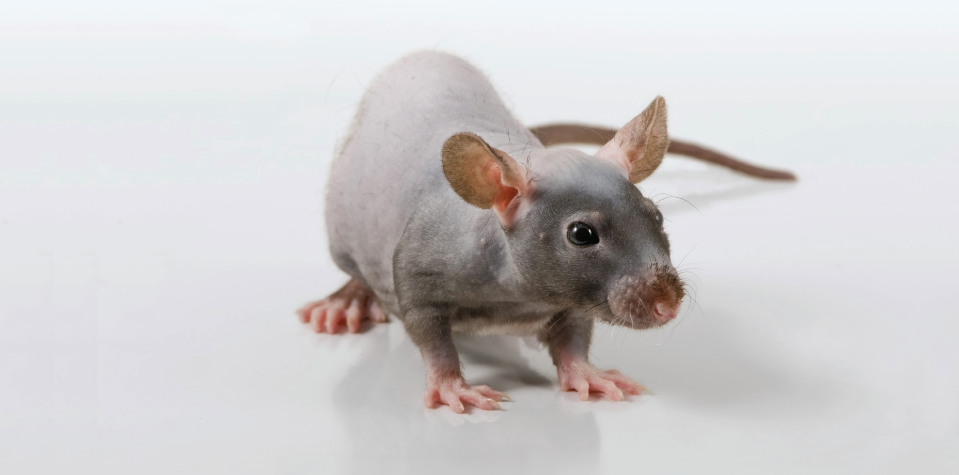
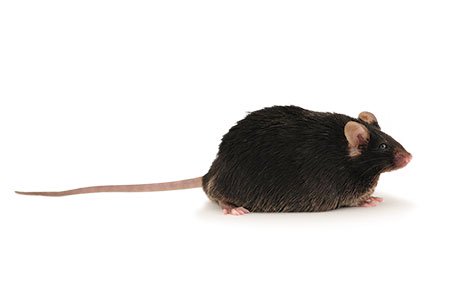
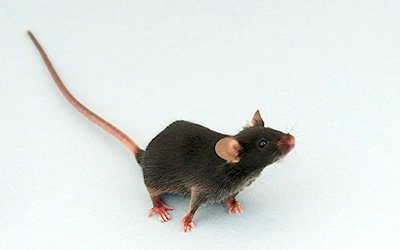
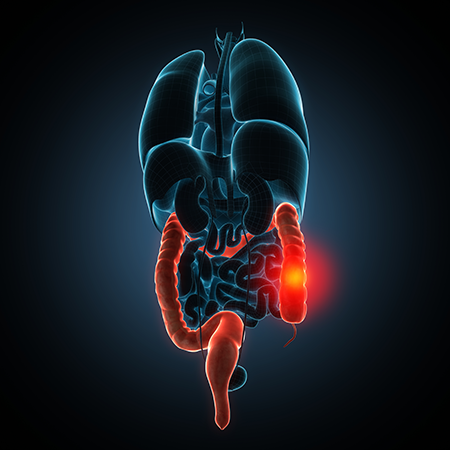
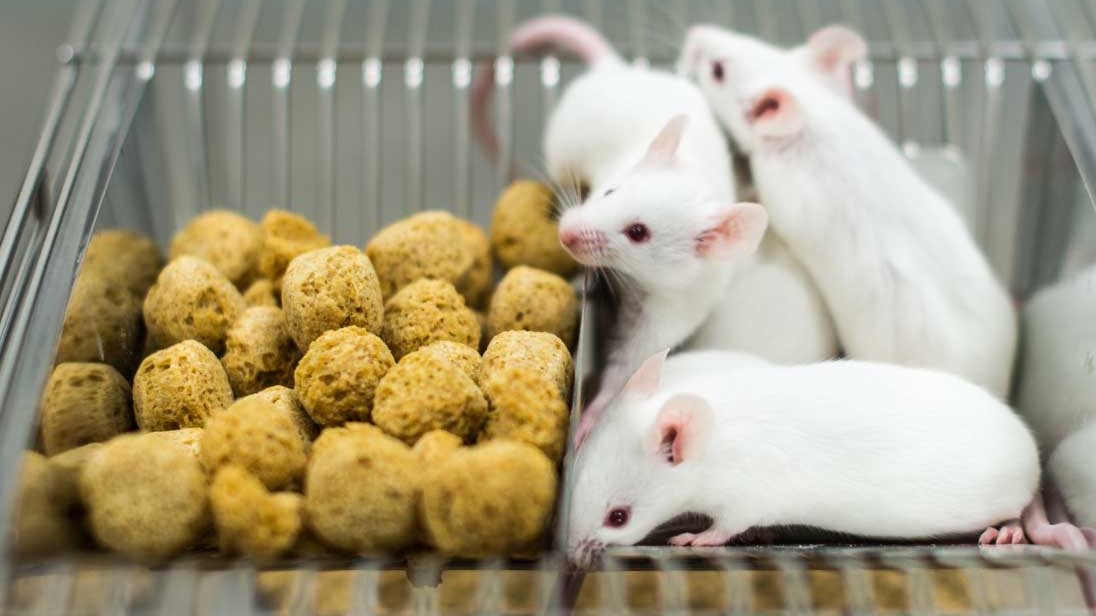


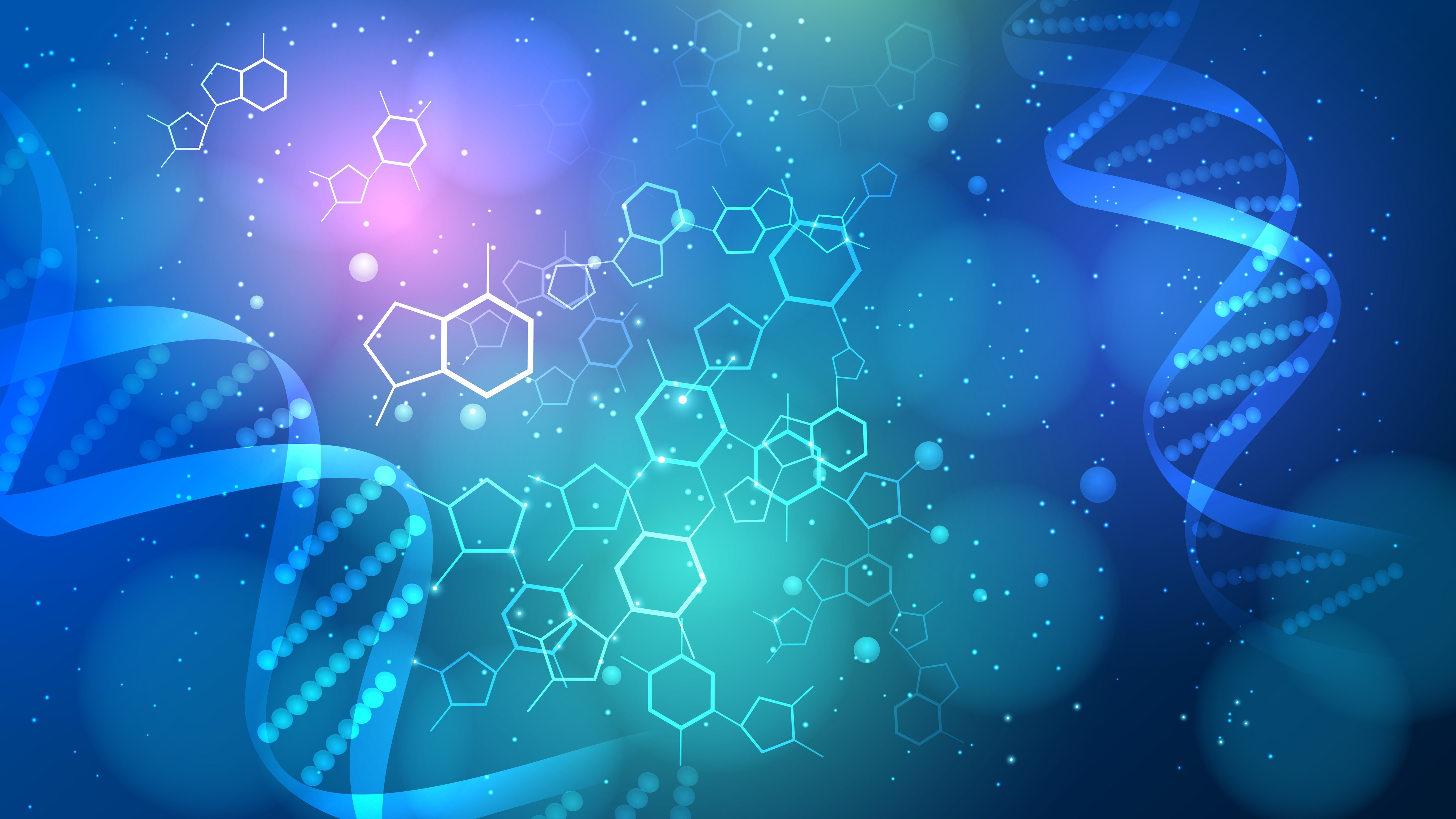
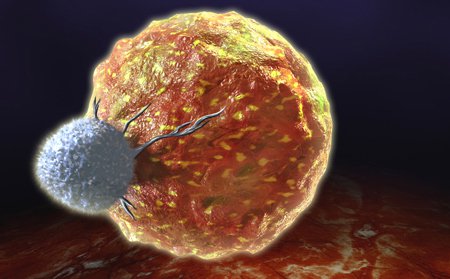


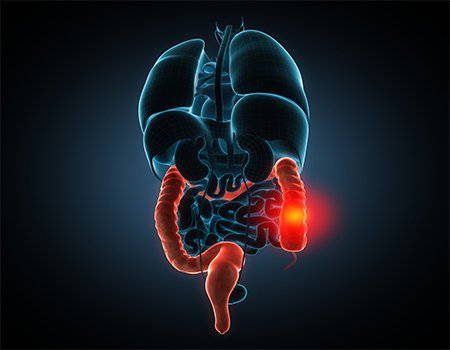

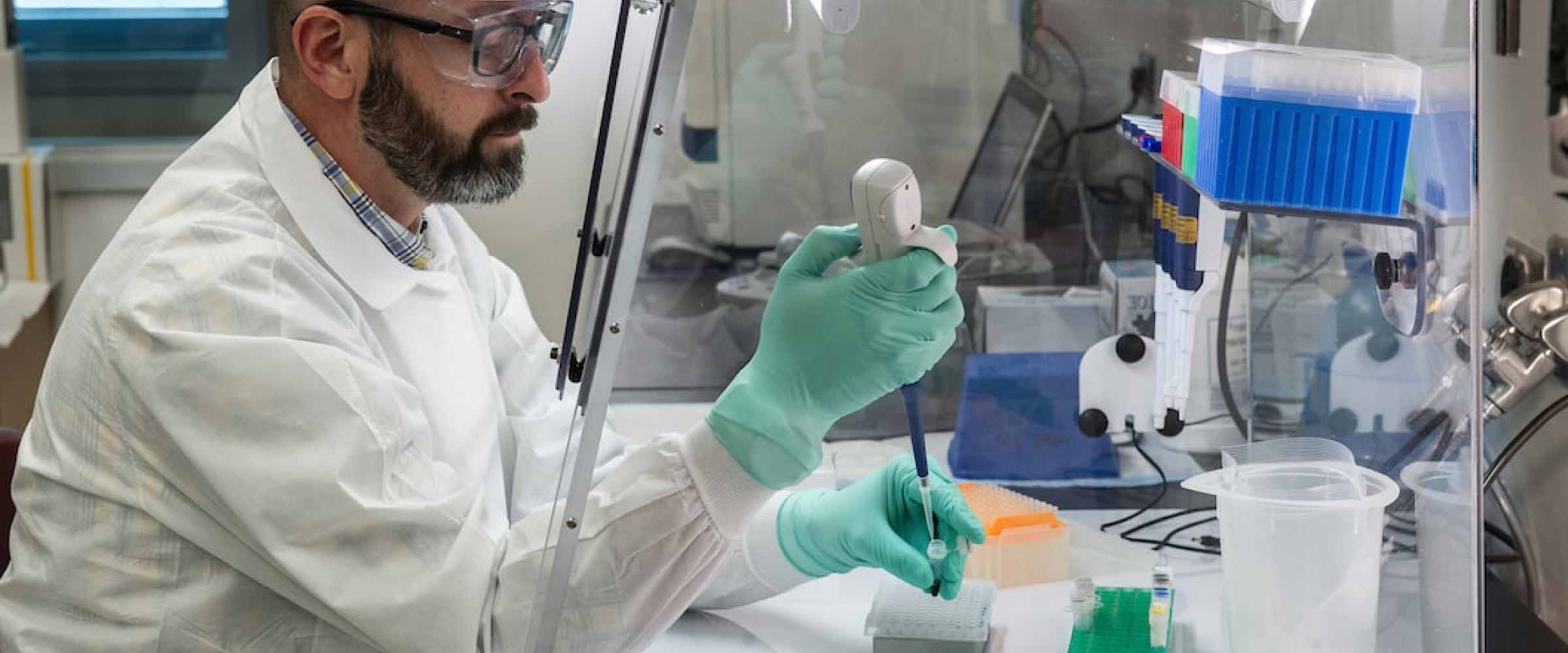
.jpg)

.jpg)
.jpg)
.jpg)
.jpg)
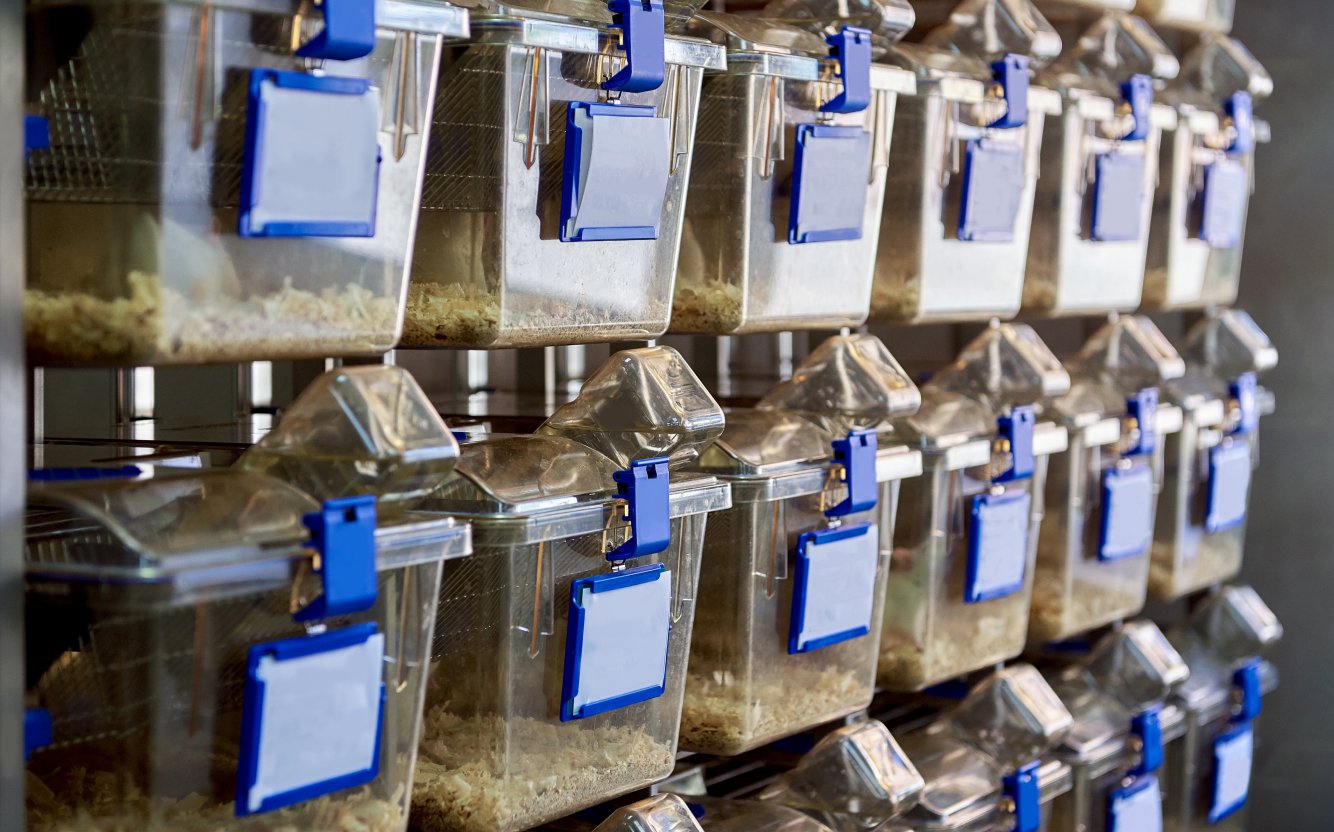
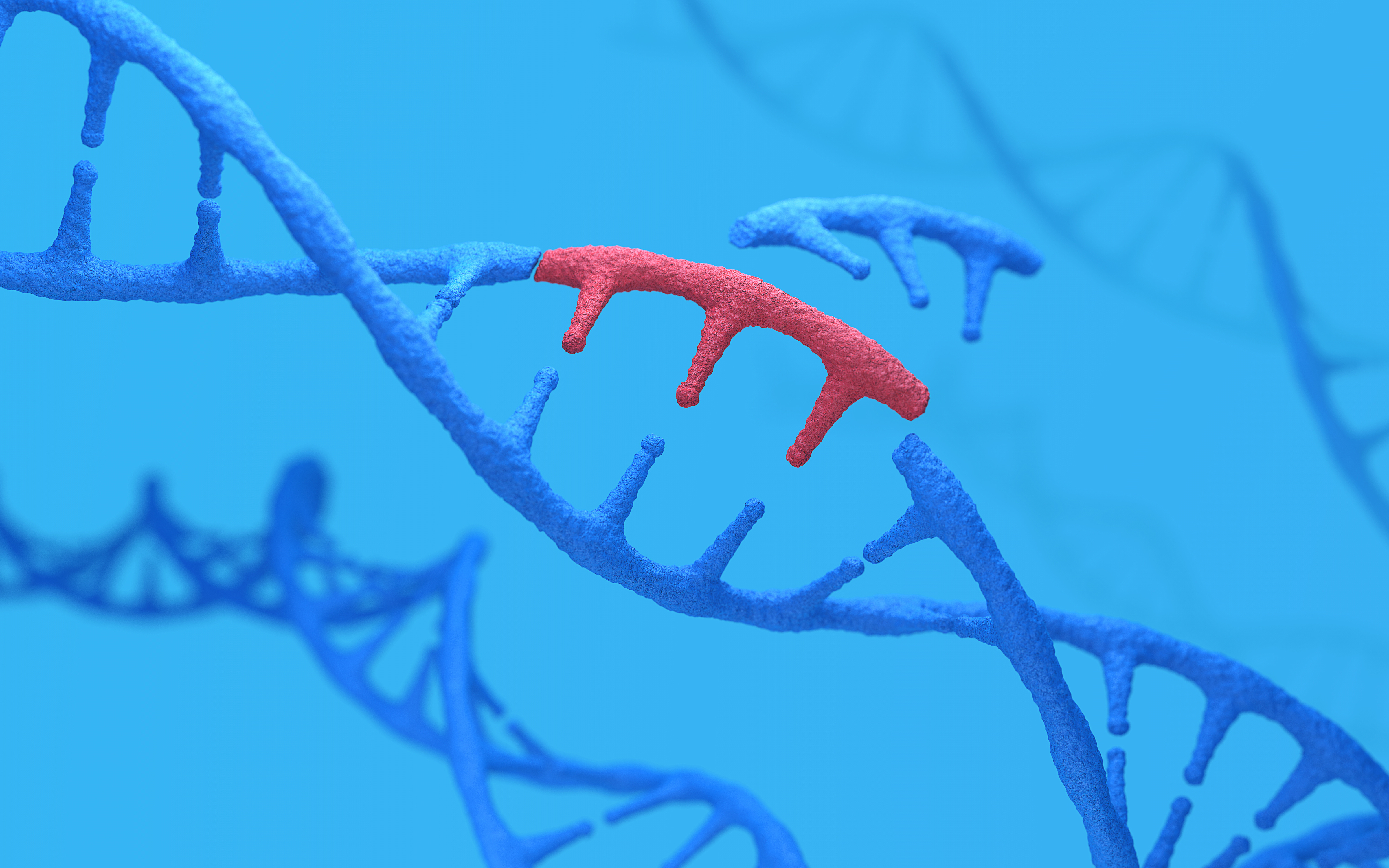
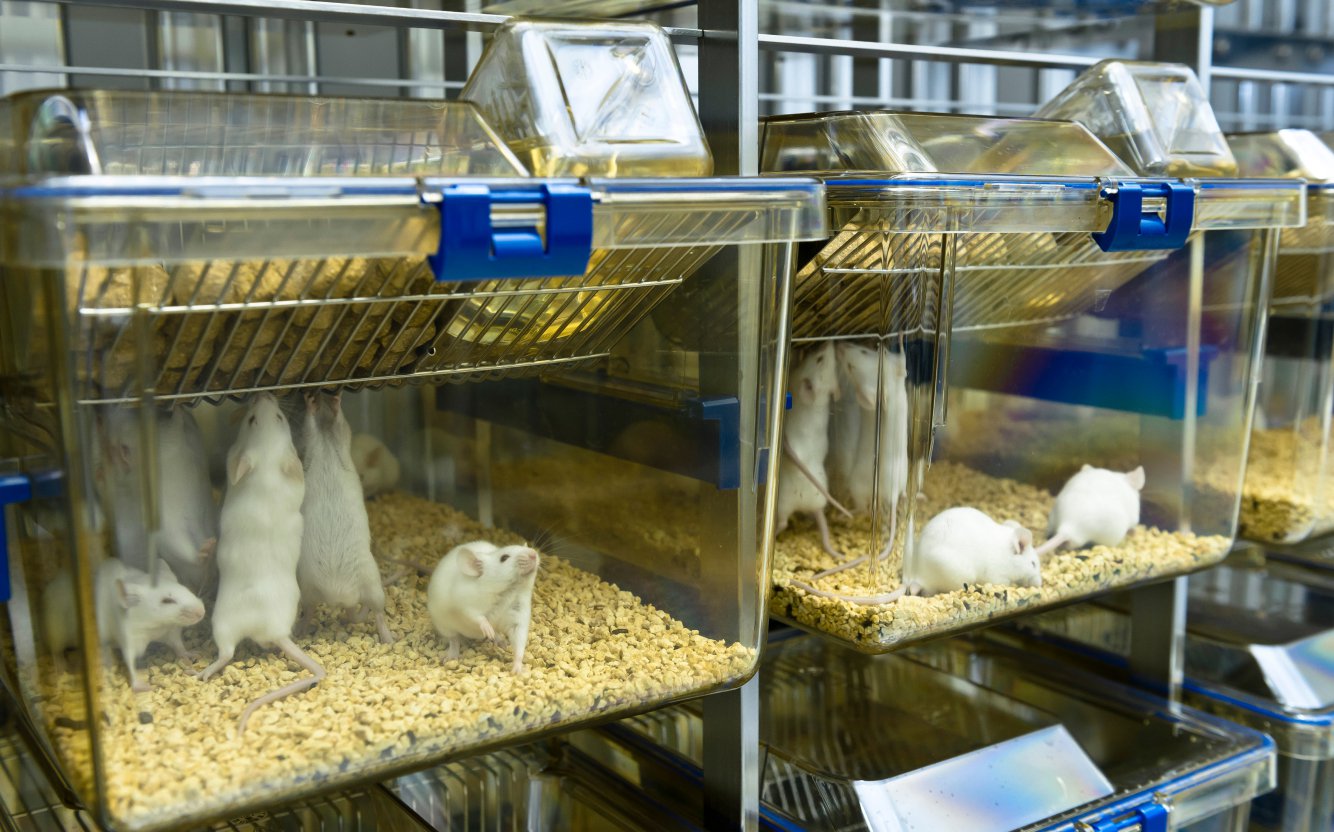
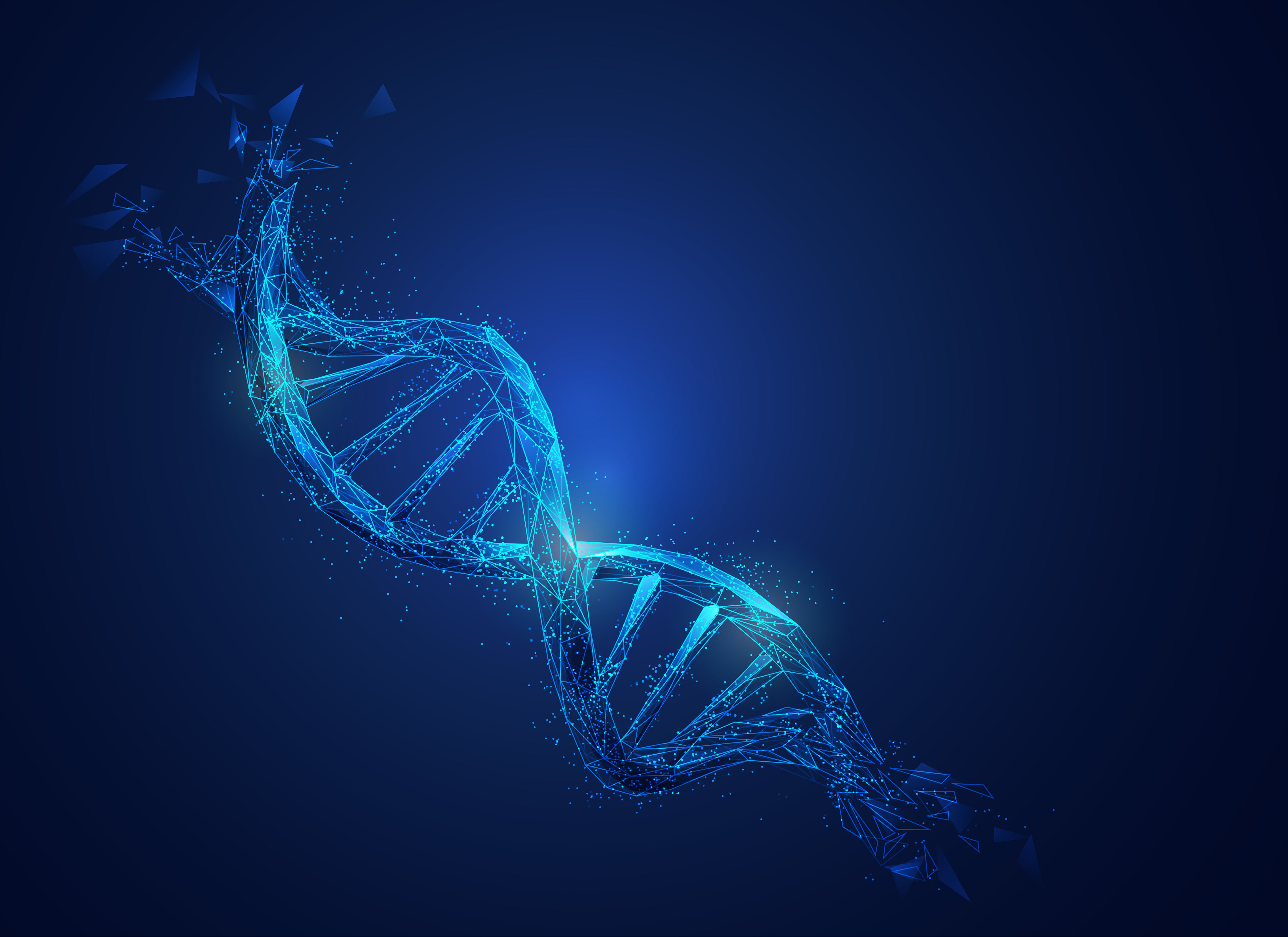
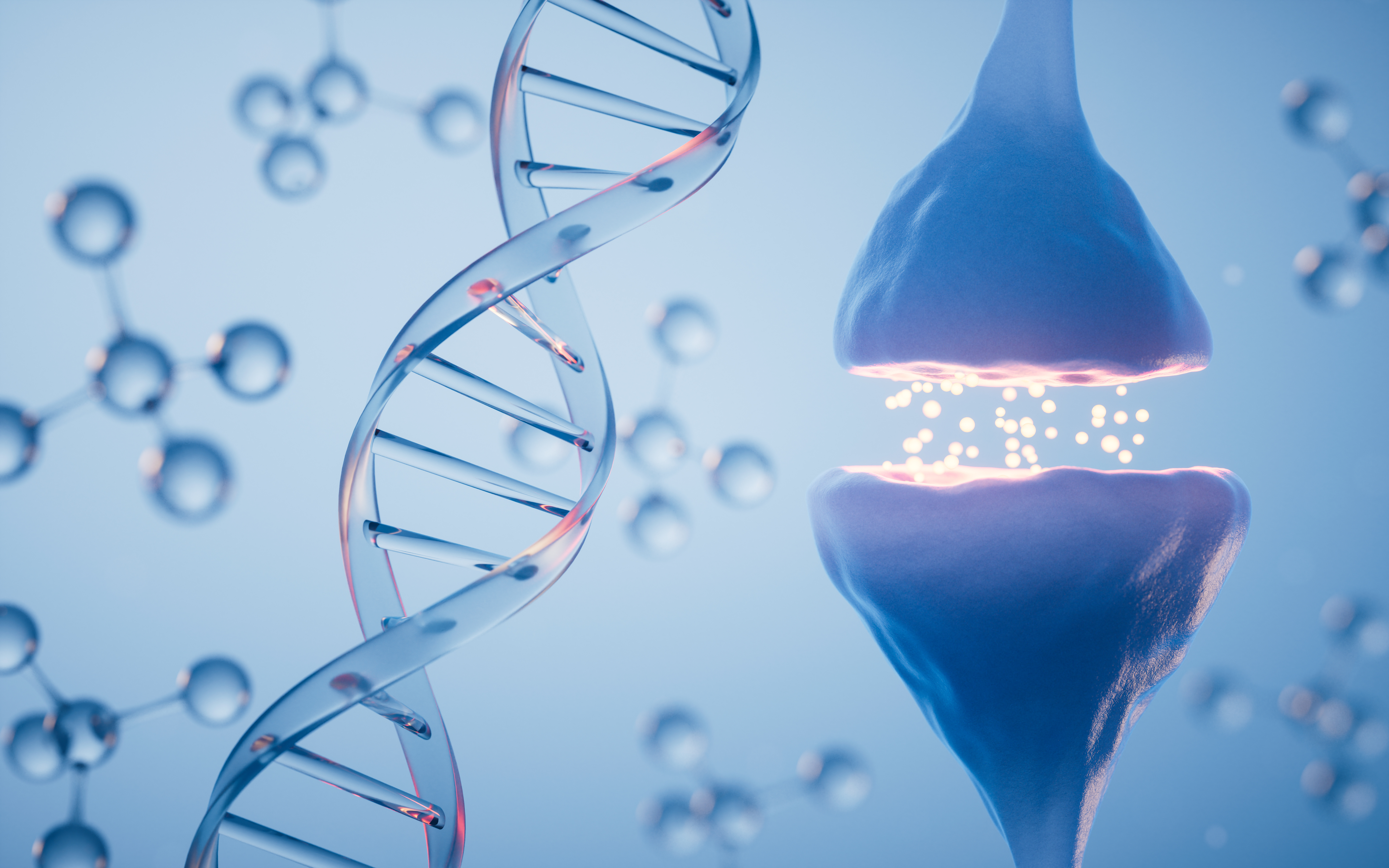
.jpg)

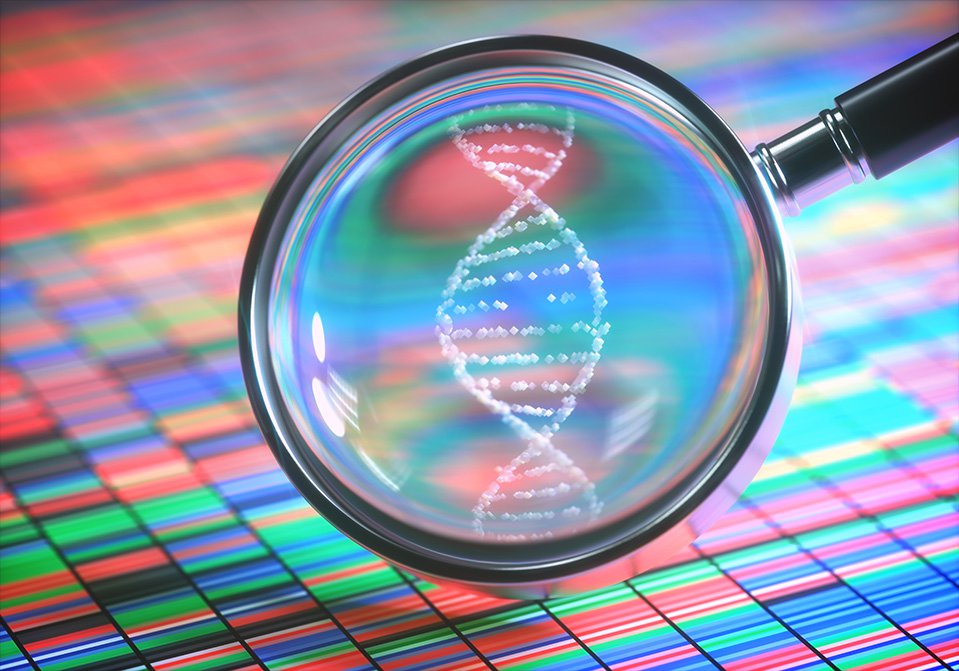
.jpg)
.jpg)

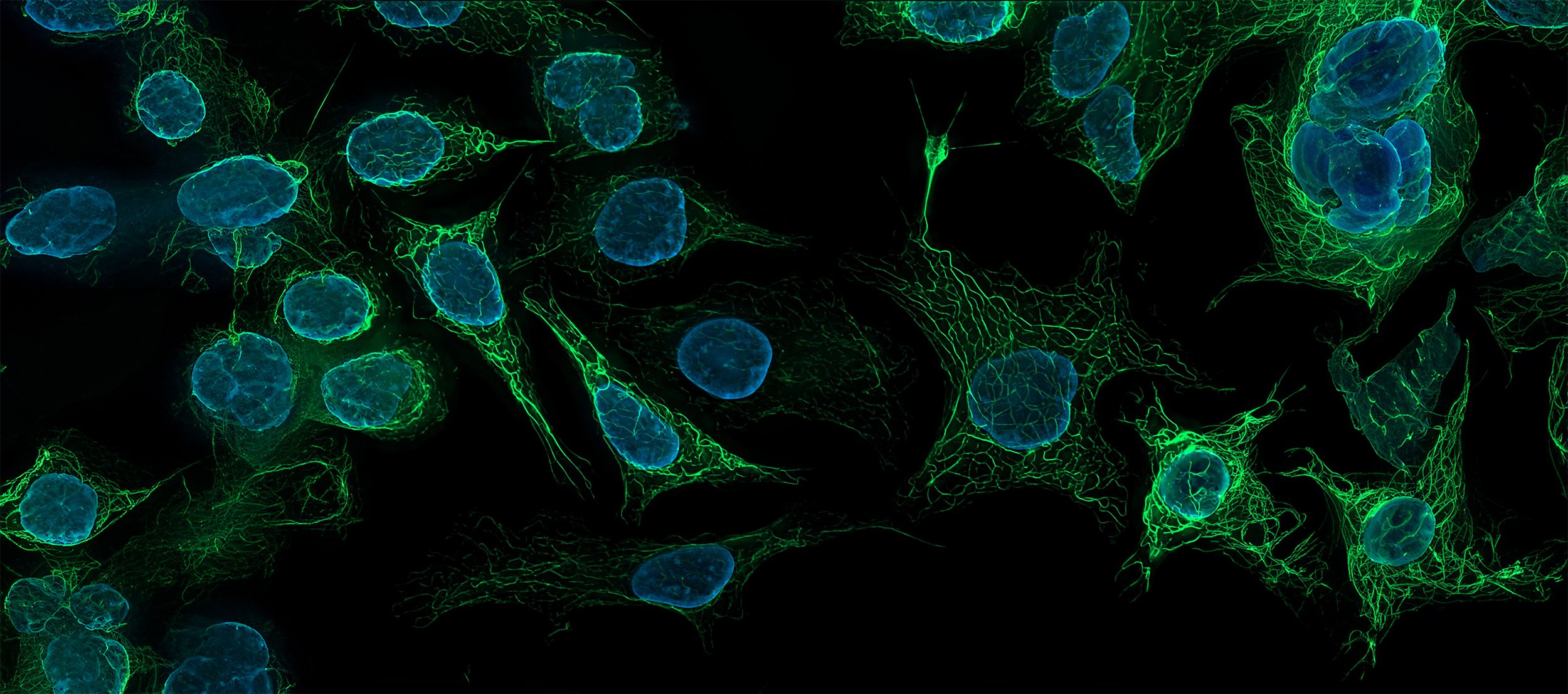
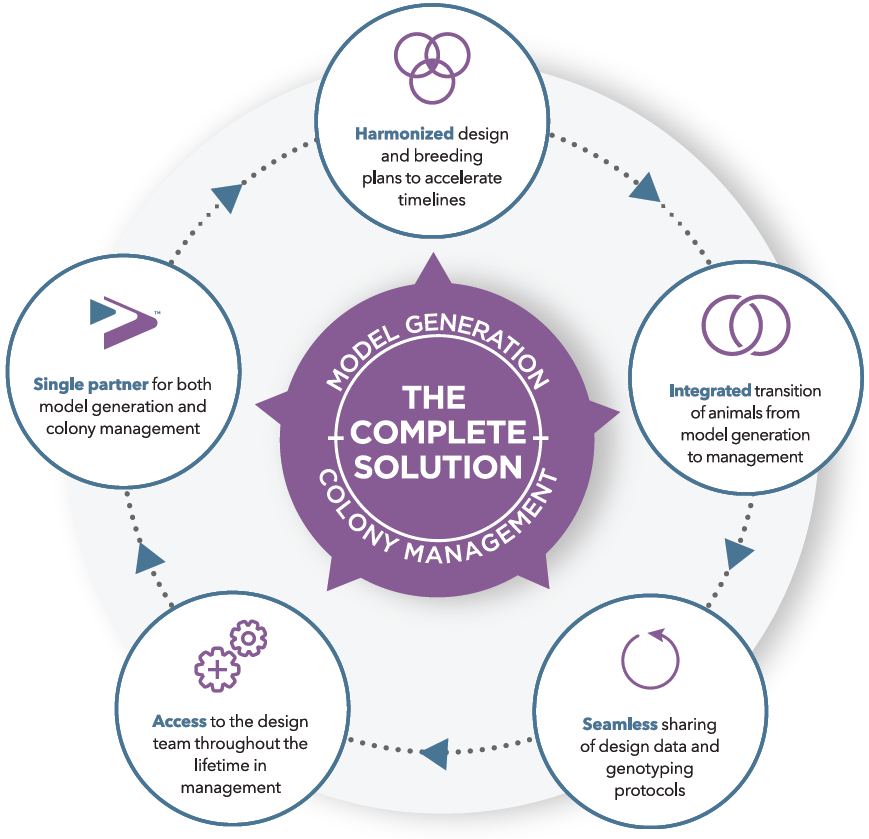
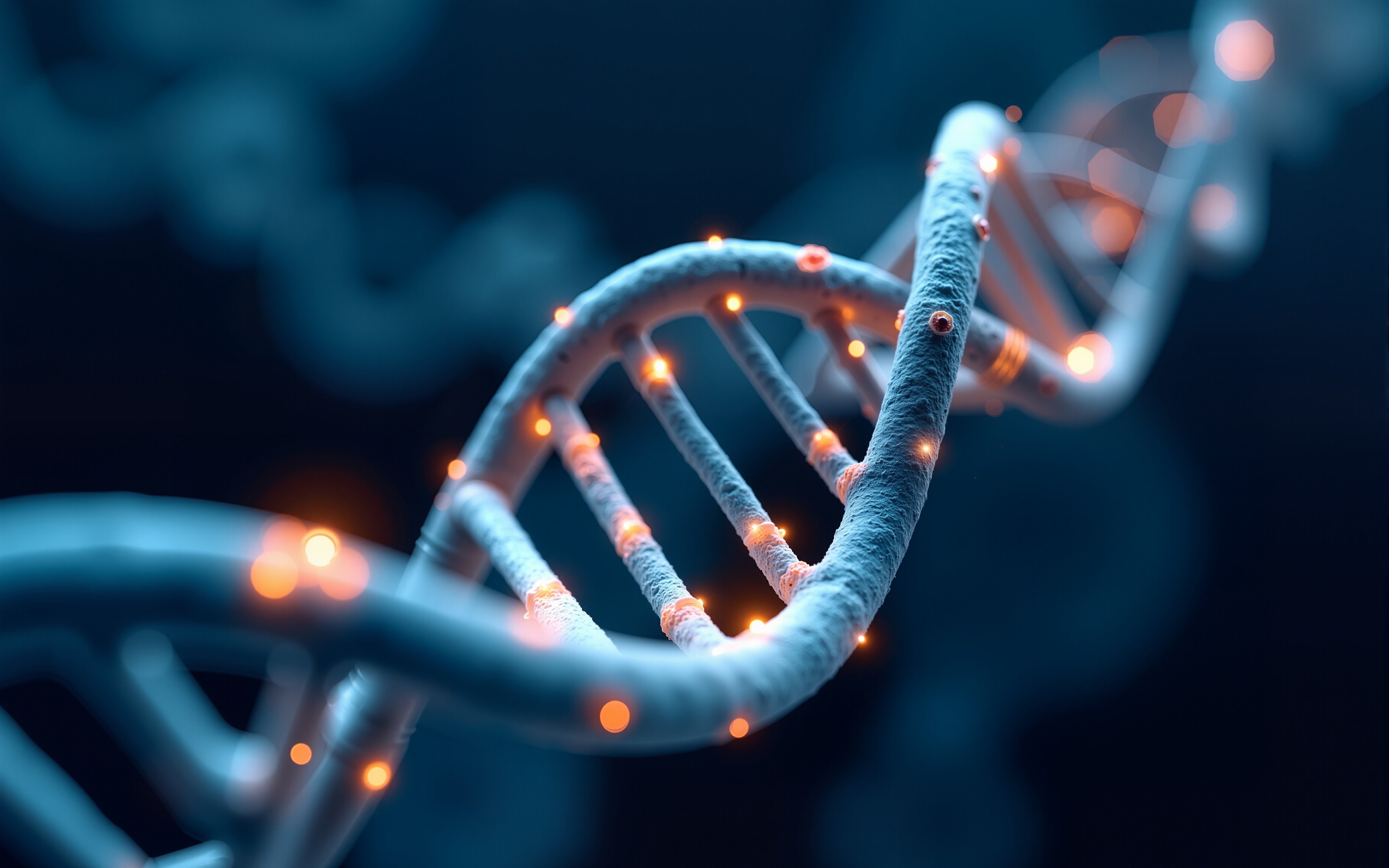
.jpg)
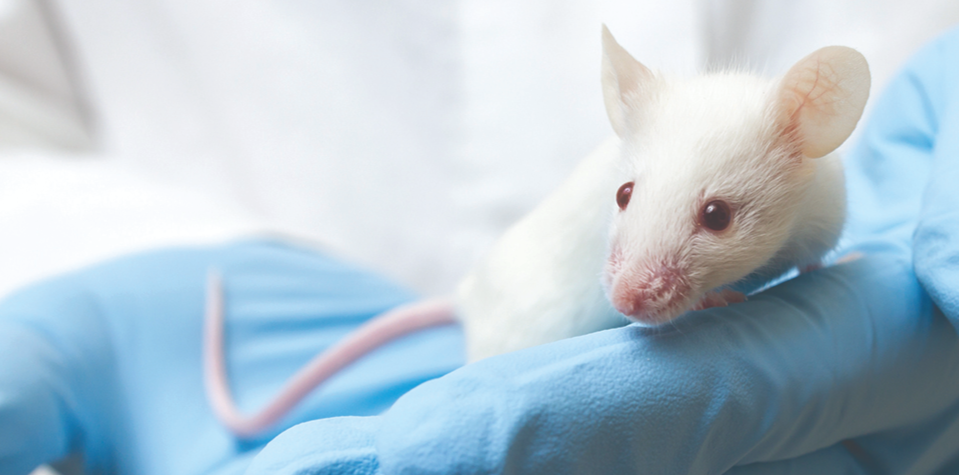

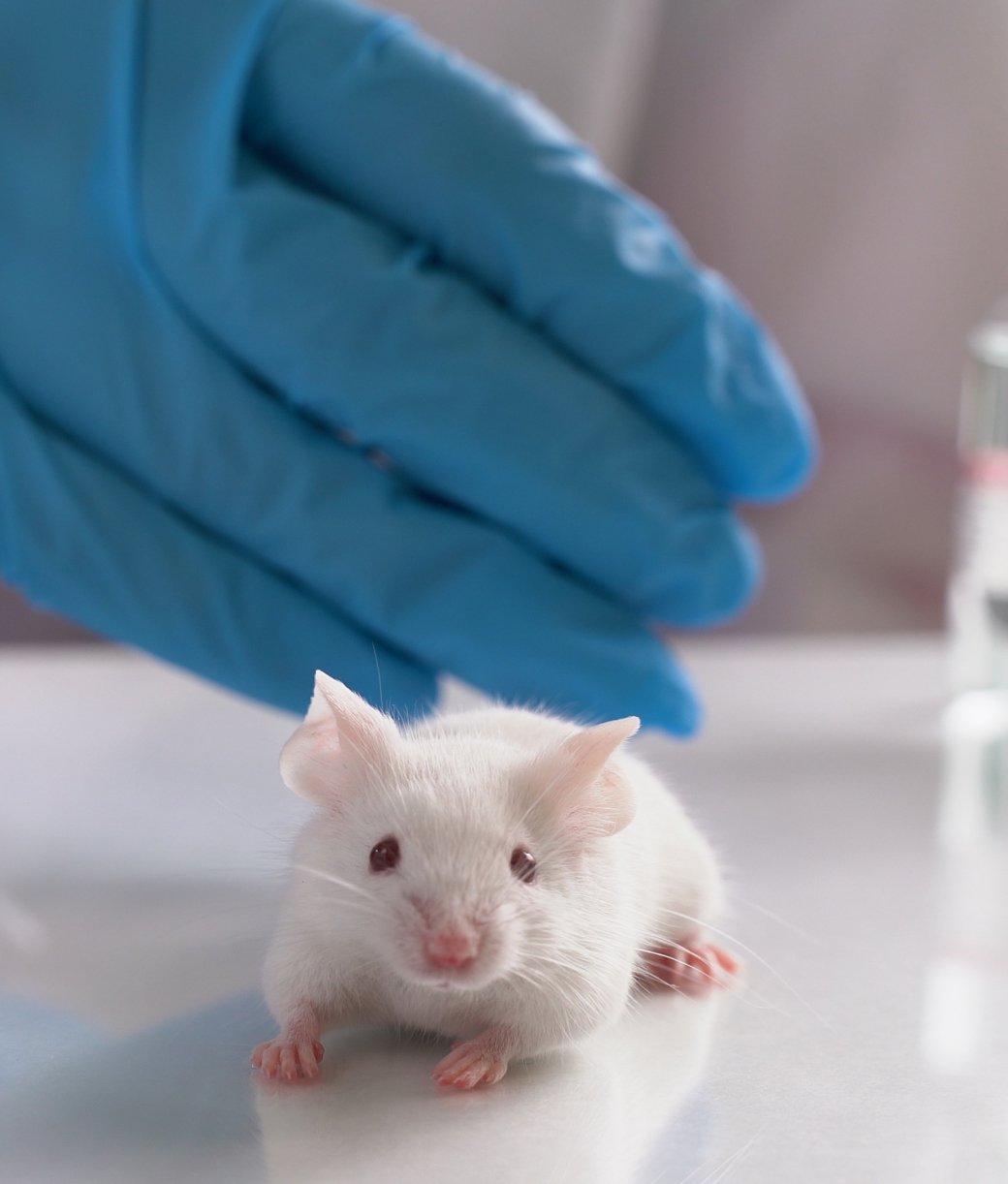

.jpg)

.jpg)








